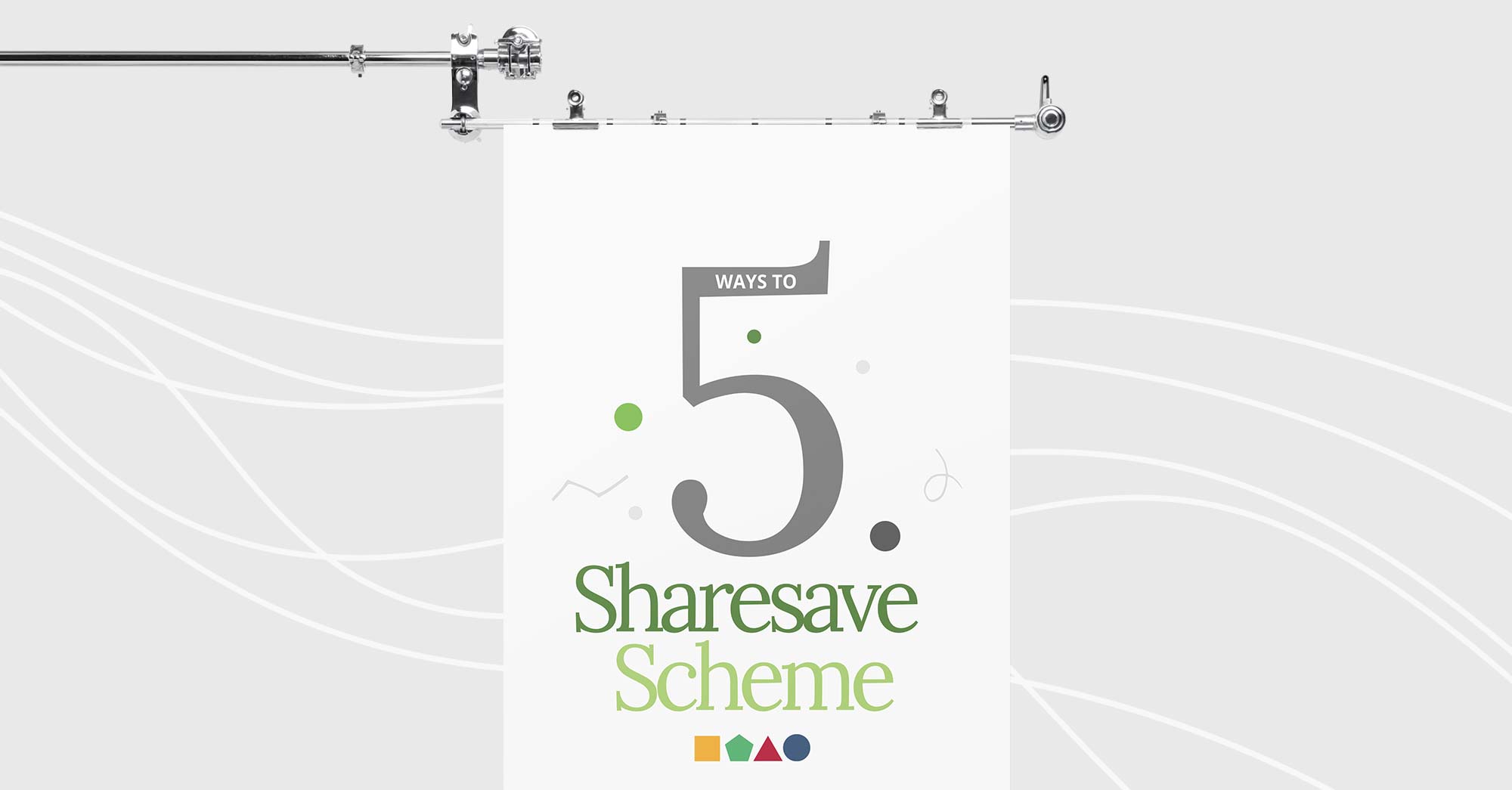If you’re looking to launch a Sharesave Scheme for your UK employees, you’ll of course want a high Sharesave enrolment rate. Regardless of your Sharesave Scheme design, your plan can see a lot more success with a robust comms plan that discusses its benefits to employees and provides thorough financial education.
Here’s a quick guide on how to communicate your Sharesave Scheme on a budget to engage your employees effectively (You don’t need Hollywood-level videos or animations to make your plan a success)
5 ways to engage employees with Sharesave Scheme:
- Cover what employees need/want to know
- Speak plainly with examples & images
- Try different ways of communicating
- Let participants tell a story
- Get feedback from your employees
1. Cover what employees need/want to know
It’s important to remember that a Sharesave Scheme is going to be unfamiliar territory for your employees.
You and your comms department should sit down together to come up with a comms plan to discuss the areas your staff needs to know, e.g.
- What does a SAYE scheme mean to employees?
- How does it work? [e.g. min. and max. of the monthly contributions, the length of the plan, discount offered to employees]
- Choices for employees when the scheme ends
- Benefits to employees
- Tax implications
- Other rules [e.g. what happens if they quit before the plan ends? can they stop saving for some months? can they change monthly contributions once the scheme has started?]
More importantly, mention what they want to know. Based on a recent survey in 2021, growing wealth and saving for retirement are the key motivators for shareholders to buy their company’s shares.
Top 2 reasons for why they chose to buy shares :
To grow my wealth: 68%
To save for retirement: 50%
So, if you want to effectively engage your employees with the scheme, make these motivators the center of your comms plan and skip the irrelevant topics. Tip: Check with your UK subsidiary to understand what can connect with the local employees.
2. Speak plainly with examples & images
When you’re showing the participants how a Sharesave Scheme works, make sure to explain it all in the simple local language and avoid American terms and jargon. You may need to work closely with your UK subsidiary or local partners to help you engage local employees.
Nothing sinks your SAYE enrolment faster than employees not understanding what exactly they’re enrolling in. If they don’t understand it, they won’t trust it.
For example, when you explain SAYE tax implications to your employees – which isn’t a straightforward topic but many employees want to understand – you’ll find it effective to do it with an example like this one:
Lewis’s company invited all eligible employees to participate in the company’s SAYE scheme. Lewis decided to enrol and here are the details:
- Amount of investment: £100 / month
- Investment period: 3 years
- Exercise price (or purchase price): £1 / share
After 3 years, Lewis decided to use those savings to exercise his option in full:
- Amount of savings after 3 years: £100 x 12 x 3 = £3600
- Number of shares can be purchased: £3600 / £1 = 3600 shares
- Stock price increase to: £2.5 / Share
- Total shares worth: 3600 x £2.5 = £9000
- Profit: £9000 – £3600 = £5400
As discussed, SAYE is a tax-efficient scheme. No tax was payable when he exercise his option but it isn’t completely free. If Lewis wants to sells his shares – which he might do either immediately or after some time – he’ll need to pay capital gains tax (CGT) on any gain made up to the point of sale. Well.. It’ll often be much better to pay CGT than income tax or NIC, because
- There’s CGT-free allowance which is £12,300 for 2021/2022
- CGT is payable at 18%(basic rate) or 28%(higher rate), lower than the income tax rates
Show
Head over to our complete SAYE guide for more local examples and case studies.
3. Try different ways of communicating
A single approach doesn’t work because we process information differently – some prefer to read while some prefer to listen.
It’s ideal to use a variety of channels to reach your UK employees such as a brochure, FAQ list, intranet, blogs, town hall meetings, zoom meetings, lunch-and-learns, well-designed newsletters and videos, and coffee mornings. You should also have regular channels for employees to engage directly with your company’s plan experts.
By engaging with your employees on a personal level, your plan will see a lot more success.
4. Let participants tell a story
People connect to stories. They tap into our emotional side and make us react—which is what you need to change how people behave.
So, you can identify some employees interested in your Sharesave Scheme, and ask them why they are interested in joining and what their end goals are. You can also share stories from previous participants like how they’ve benefited from the scheme.
These testimonials can make a real connection, resulting in a far greater impact than any expensive campaign message.
5. Get feedback from your employees
Communication is a two-way street. Too often, companies focus on throwing out as much information as they could. But the other side – what employees think and feel – is arguably more important.
So, make sure you get feedback from your employees and encourage them to ask questions so that you can improve your communication strategy.
Contact Global Shares
Now that you know a few ways to communicate your Sharesave Scheme on a budget, contact Global Shares to discuss more ways to make your plan the best it has ever been.
This publication contains general information only and J.P. Morgan Workplace Solutions is not, through this article, issuing any advice, be it legal, financial, tax-related, business-related, professional or other. J.P. Morgan Workplace Solutions’ Insights is not a substitute for professional advice and should not be used as such. J.P. Morgan Workplace Solutions does not assume any liability for reliance on the information provided herein.



